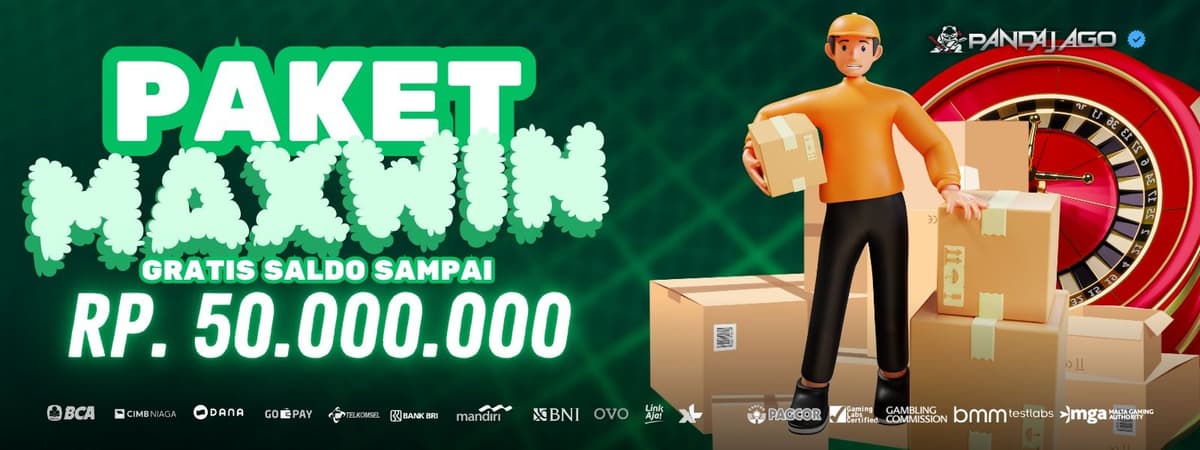Pandajago : Situs Slot88 Gacor Terbaru Resmi Terpercaya The Best
Writed By Seo KRP ·
PANDAJAGO adalah gerbang utama menuju pengalaman slot modern dengan akses login stabil melalui link alternatif resmi yang selalu aktif. Informasi PANDAJAGO RTP harian disajikan akurat agar Anda bisa memilih PANDAJAGO Slot dengan peluang terbaik setiap waktu.
Kami menyediakan PANDAJAGO LOGIN tercepat serta LINK ALTERNATIF PANDAJAGO yang dirancang untuk menghindari gangguan akses. Update PANDAJAGO RTP terintegrasi langsung dalam sistem sehingga Anda bisa memantau pola slot gacor dengan mudah dan bermain dengan keputusan yang lebih tepat.
Masuk sekarang ke PANDAJAGO dan nikmati fitur PANDAJAGO SLOT yang telah dikurasi berdasarkan performa dan RTP terbaru. Dengan link alternatif PANDAJAGO yang selalu siap digunakan, Anda bisa bermain kapan saja dengan kenyamanan dan peluang cuan yang maksimal.

